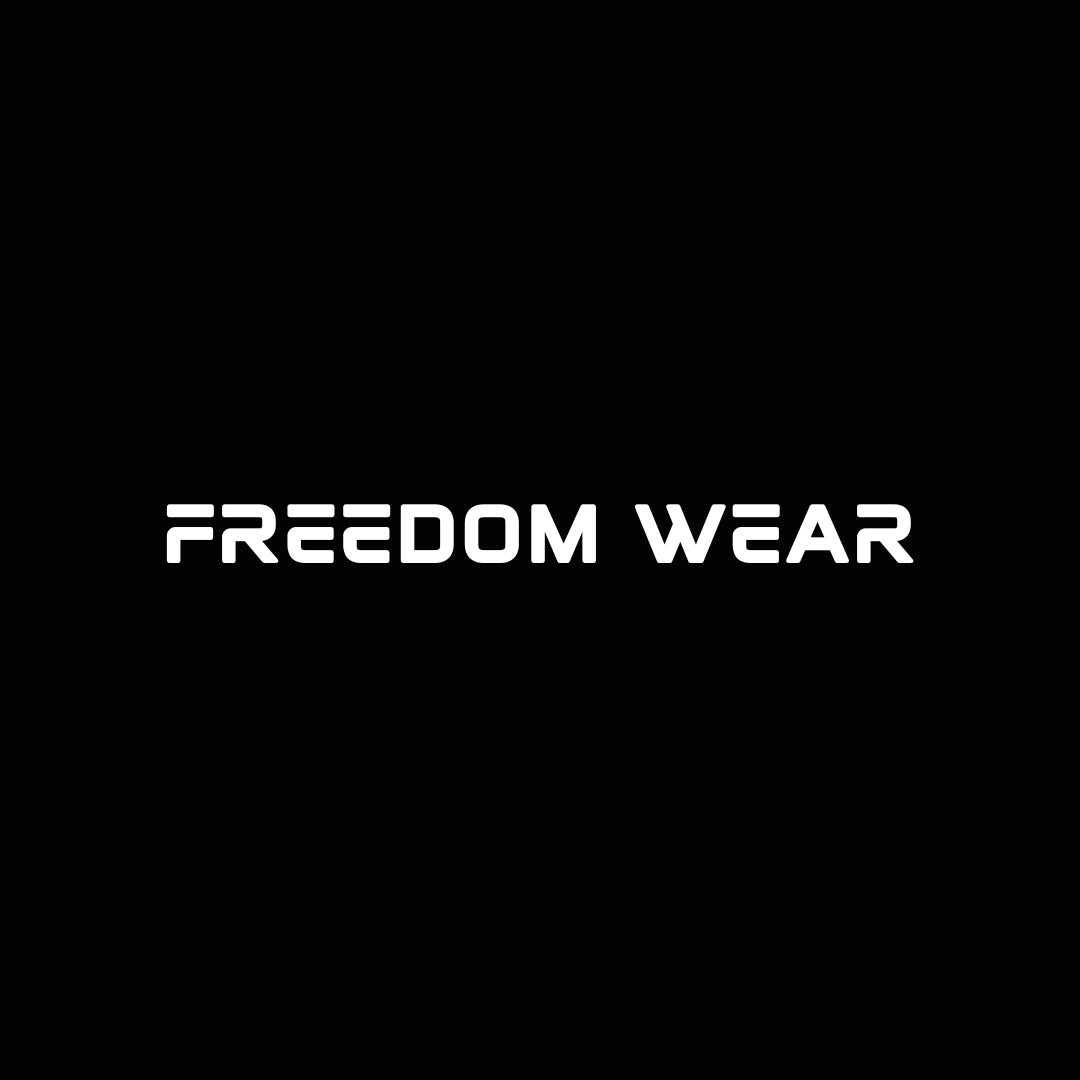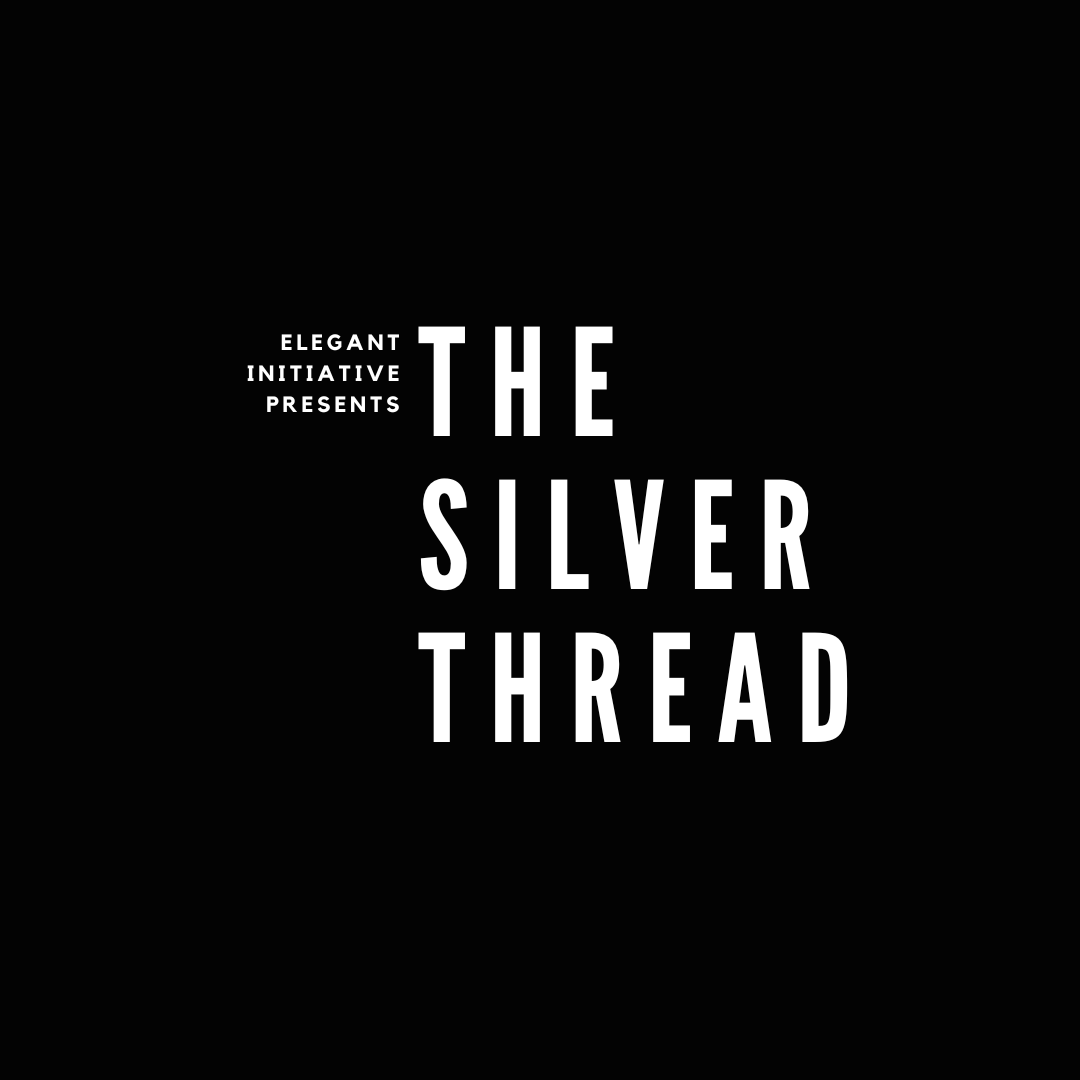In the world of short films, 'The Silver Lining' stands out not just for its gripping storyline but also for its remarkable cinematography. Inspired by the eerie and thought-provoking atmosphere of Black Mirror, this film delves into the dark underbelly of technological advancement with a sharp eye for detail and visual storytelling.
The narrative follows a tech journalist as she delves into the dangerous truth behind a groundbreaking smartphone. As she unravels the mysteries surrounding the device, she finds herself entangled in a web of deceit and danger, ultimately confronting the powerful heiress responsible for its creation. The film doesn't just explore the ethical implications of technology but also delves into themes of power, accountability, and the consequences of one's actions.
What sets 'The Silver Lining' apart is its masterful use of cinematography to enhance the storytelling. The film employs a blend of sleek, futuristic visuals and gritty realism to create a world that feels both familiar and unsettling. From the sleek corporate offices to the dimly lit back alleys, every scene is meticulously crafted to immerse the audience in the film's dystopian world.
One of the most striking aspects of the cinematography is its use of lighting and colour to convey mood and atmosphere. The contrast between the cold, sterile environment of the corporate world and the warm, intimate moments between characters highlights the tension between technology and humanity. Similarly, the use of shadow and darkness adds a sense of foreboding, hinting at the sinister forces lurking beneath the surface.
In addition to its visual flair, 'The Silver Lining' also excels in its framing and composition. The cinematography expertly guides the viewer's gaze, drawing attention to key details and enhancing the emotional impact of each scene. Whether it's a close-up of a character's expression or a sweeping panoramic shot of the city skyline, every frame is carefully composed to evoke a specific mood or emotion.
Furthermore, the film makes clever use of camera movement and perspective to heighten the sense of tension and suspense. Dynamic tracking shots and sudden shifts in perspective keep the audience on the edge of their seats, while subtle camera movements convey the characters' inner turmoil and conflict.
Overall, 'The Silver Lining' is a testament to the power of cinematography in storytelling. Through its meticulous attention to detail and innovative visual techniques, the film creates a captivating world that lingers in the mind long after the credits roll. Whether you're a fan of science fiction or simply appreciate a well-crafted film, 'The Silver Lining' is sure to leave a lasting impression.




